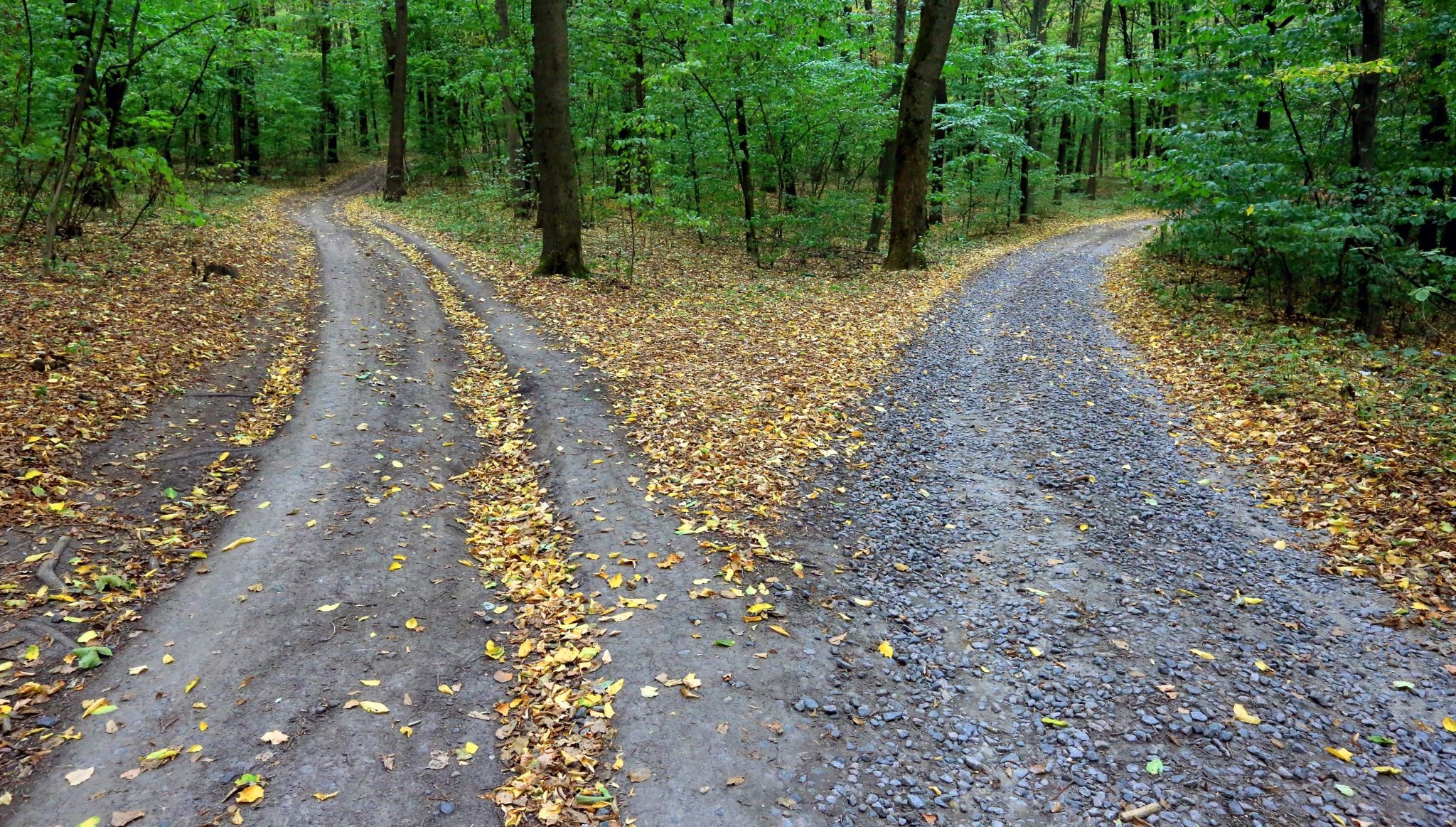A Path in the Forest
A Path in the Forest
As early learning professionals, you know that children’s play is important. It is so important that you likely have taken a course on it while on your professional learning journey.
These days, however, you may be hearing a lot of talk about play and how it is being pushed aside or modified to accommodate our current realities. 
What you might not be hearing is that play is important to children’s development, especially during times of stress and uncertainty. Why? Because play allows children to make sense of their world and the accompanying questions, fears, anxieties and concerns that they may be experiencing. As a result, we need to make time for play.
Many of us are familiar with the phrase, “play is a child’s work,” but what does that really mean? As adults, work defines us, challenges us and gives a sense of purpose to our day. The same holds true for play when it comes to children’s “work.”
Play is an integral part of childhood as it allows exploration of roles and ways of being. It is a safe way to develop and practice skills for later in life. Unfortunately, we can inadvertently hurry children through it by imposing schedules and expectations that may not be appropriate and, consequently, we leave little time for play. You may find it hard, especially these days, to schedule quality time for play with all the restrictions and expectations that have occurred due to the pandemic. Your workdays were full before; now, they are over-flowing!
To ease the expectations of ourselves, as early learning professionals, we need to remind ourselves that play takes on many forms and looks many ways. It happens right before us; we just need to remember what it looks like.
I liken play to a path in a forest when it comes to remembering the types of play we see children engaged in throughout the day. So let’s explore this path…
You find a path in a forest. You are curious where it leads, so you start upon it. You find it relaxing and enjoyable because you are smelling the flowers, noting the tall trees, and admiring the colours of the leaves. This is akin to solitary play where a child plays alone, lost in thought and imagination.
While on that path, you come to notice that there is another path running alongside yours. On that path, someone else is walking along, smelling the flowers, noting the tall trees, and admiring the colour of the leaves. They don’t see you, though, and you don’t say ‘hello.’ You keep walking along. This is akin to parallel play where children play alongside one another, maybe in a similar fashion or maybe not, but – regardless – they are not really interacting with one another.
As you are walking along, smelling the flowers, noting the tall trees and admiring the colours of the leaves, you come to realize that your two paths – which were side by side – have now joined, and you are walking together on the same path. You are busy gathering colourful leaves, and they are busy picking beautiful flowers. You both are together, but you are not talking to one another, nor are you looking at each other. This is similar to associative play. Children are together on the same agenda, but doing different things on that agenda.
Now, while on that path, the two of you finally make eye contact. You notice the beautiful bouquet of flowers. They notice your colourful leaves. You find yourselves talking about your respective treasures, deciding that you are going to make flower and leaf bouquets for each another. This is akin to cooperative play where children play with one another and allow their individual play agendas to merge into something larger and more collaborative.
How does this translate to your early learning environment? Simple: your responsibility, as early learning professionals, is to provide the paths in the forest; those play opportunities that let children choose their path and who is walking alongside them…beside them… or with them. The paths don’t have to be elaborate; simple will do. As long as there is a path that children can travel down, the play will appear.
Until next week,
